North America used to echo with howls from coast to coast.
Before highways, cities, and fences carved up the wilderness, wolves ruled. Not just one kind—fourteen distinct subspecies, each shaped by its environment, each with its own howl, coat, and way of life.
Some were mountain stalkers.
Others were prairie ghosts.
One prowled the swamps of the South.
Another haunted the Arctic ice.
They weren’t just animals. They were apex architects—controlling prey numbers, shaping entire ecosystems with every step and snarl.
Today, most are gone. A few hang on by a thread.
And the rest? Lost to time, bullets, and fear.
Let’s meet the wolves we tried to erase—and remember the wild chorus we silenced.
Great Plains Wolf
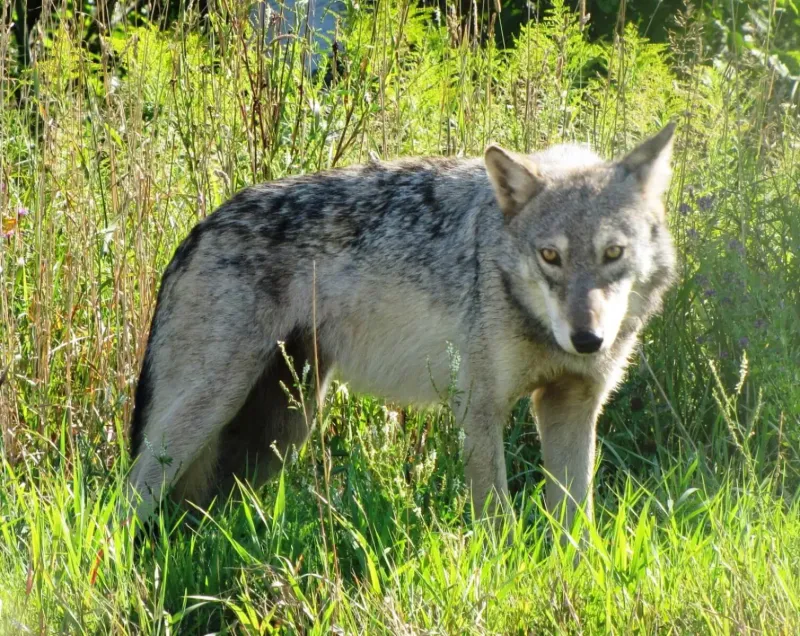
The Great Plains wolf, known for its striking appearance and adaptability, once roamed the vast prairies of central North America. These wolves, with their long legs and agile bodies, were well-suited to the open plains.
Living in packs, they hunted bison and other large game, playing a crucial role in their ecosystem. Sadly, human expansion and habitat loss led to their decline.
Today, their legacy lives on through conservation efforts, reminding us of the importance of preserving wild spaces.
Mexican Wolf
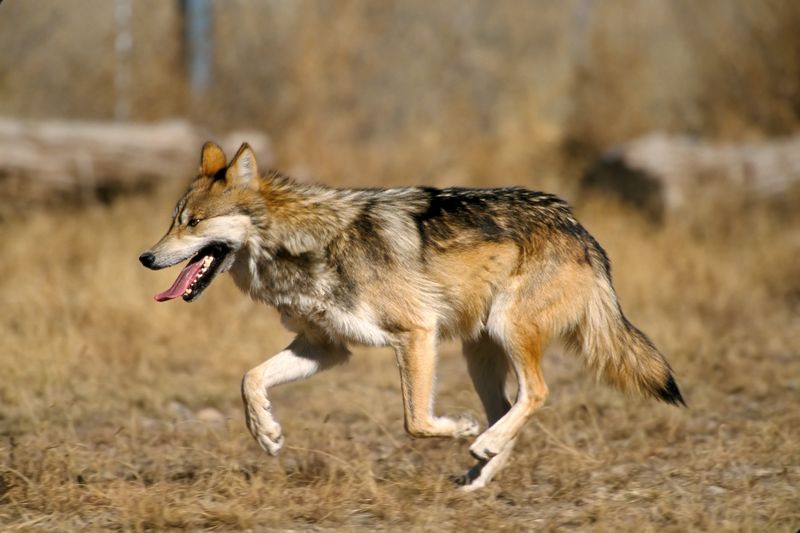
With a unique blend of resilience and beauty, the Mexican wolf once inhabited the southwestern United States and Mexico. Known for its smaller size and distinctive grey and tan coat, this subspecies adapted to rugged terrains.
Highly social, Mexican wolves lived in close-knit packs, showcasing strong family bonds. Their plight, however, became dire due to aggressive hunting and habitat encroachment.
Revived through dedicated reintroduction programs, they symbolize hope for endangered species across the globe.
Eastern Wolf
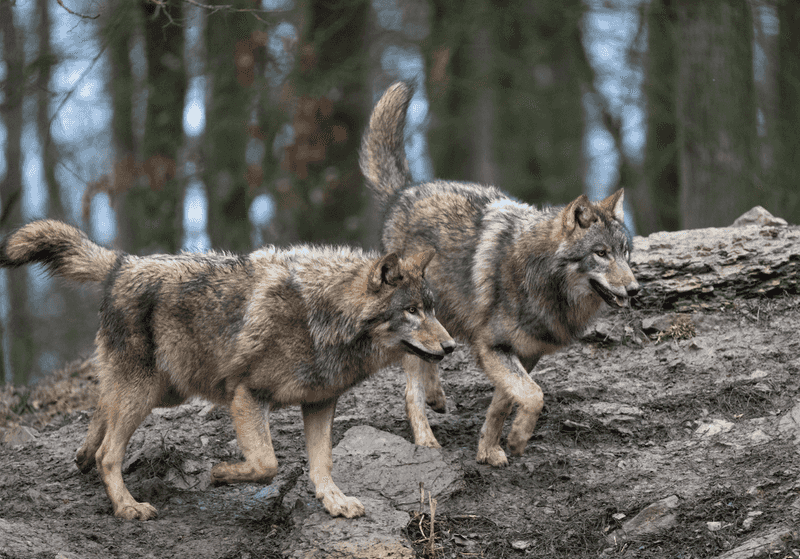
Amidst the enchanting forests of eastern North America, the Eastern wolf thrived as a crucial predator. Known for its intermediate size and reddish hue, this wolf subspecies occupied a unique ecological niche.
Distinct from both the gray wolf and the coyote, it possessed a fascinating genetic blend. Sadly, hybridization and habitat fragmentation posed significant threats.
Efforts to understand and conserve the Eastern wolf continue today, reflecting a larger quest to protect biodiversity.
Arctic Wolf

Beyond the Arctic Circle, the Arctic wolf prowled the frozen tundra, embodying resilience and survival. Clad in pure white fur, it blended seamlessly with the snowy landscape.
These wolves adapted to extreme cold, relying on keen instincts and teamwork to hunt muskoxen and Arctic hares. The harsh environment forged their legendary endurance.
Today, the Arctic wolf stands as a symbol of the unique challenges faced by wildlife in our planet’s most inhospitable regions.
Dire Wolf
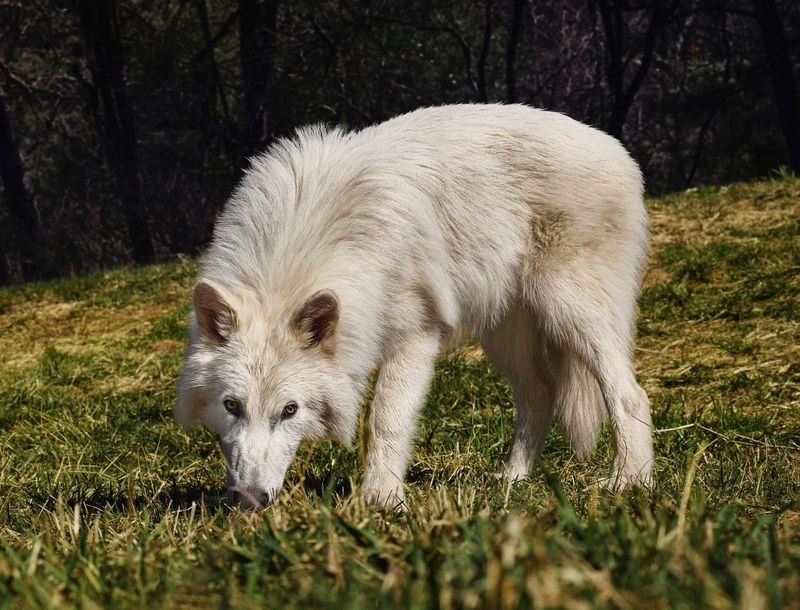
A creature of legend, the Dire wolf roamed North America during the Pleistocene epoch. Larger and more robust than its modern relatives, it was a formidable predator.
With a powerful build and strong jaws, it hunted megafauna, thriving alongside mammoths and saber-toothed cats. However, as the Ice Age ended, so did the era of the Dire wolf.
Its fossils tell tales of a lost world, sparking wonder and scientific inquiry into past ecosystems.
Red Wolf
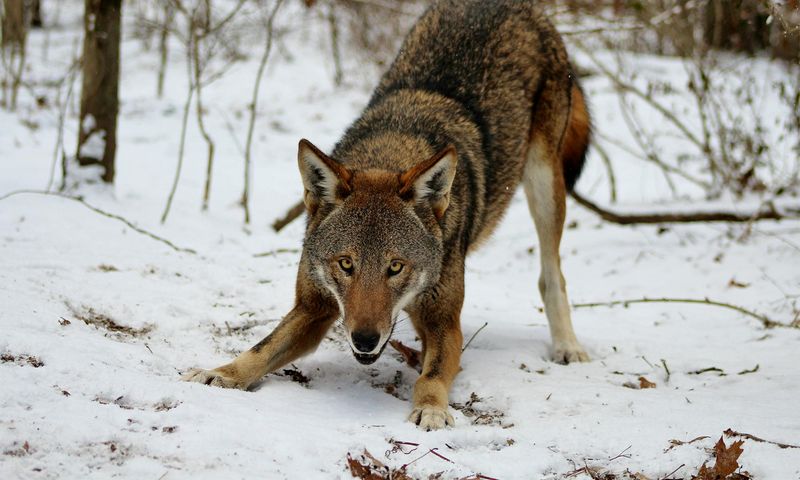
Inhabiting the southeastern United States, the Red wolf is a subspecies with a colorful history. Known for its reddish coat and slender build, it navigated diverse habitats, from swamps to forests.
Once common, this wolf faced near extinction due to hunting and hybridization. Conservation programs have since worked tirelessly to restore its numbers.
The Red wolf’s story is one of resilience, symbolizing the broader struggle of endangered species in modern times.
British Columbian Wolf
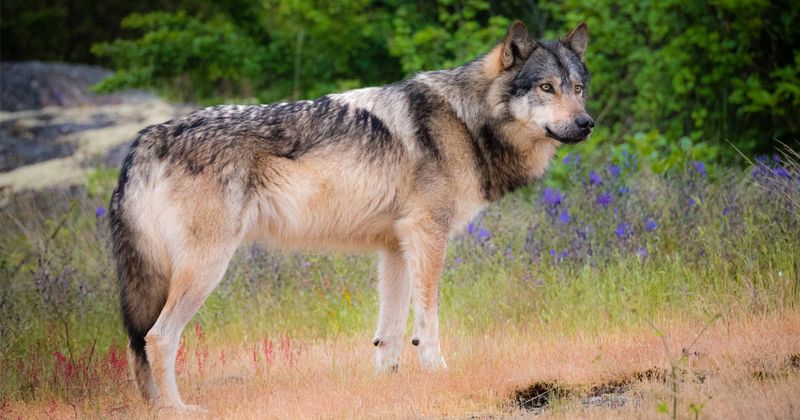
Among the towering trees and misty landscapes of the Pacific Northwest, the British Columbian wolf carved its niche. Known for its dark fur and robust size, it adapted to the rich coastal forests.
Packs relied on hunting skills to thrive in this abundant environment, preying on deer and salmon. Their presence was integral to the health of the ecosystem.
Preserving the British Columbian wolf means safeguarding the intricate web of life in these ancient forests.
Mogollon Mountain Wolf
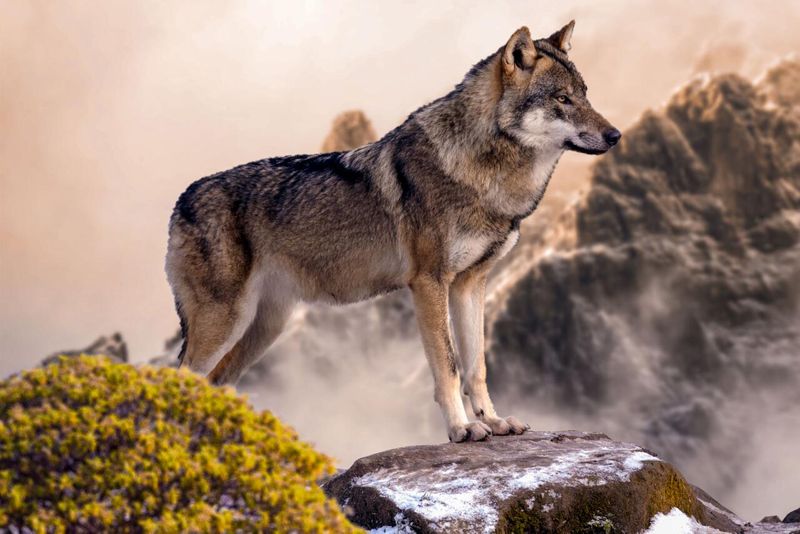
The Mogollon Mountain wolf, with its intriguing name, once thrived in the rugged landscapes of the American Southwest. Known for its agility and keen senses, it navigated mountainous regions with ease.
Loyal pack members worked together to hunt and survive in the challenging terrain. Sadly, this subspecies faced pressures from development and hunting, leading to its decline.
Conservationists now strive to understand its role and ensure that similar habitats remain protected for future generations.
Cascades Wolf
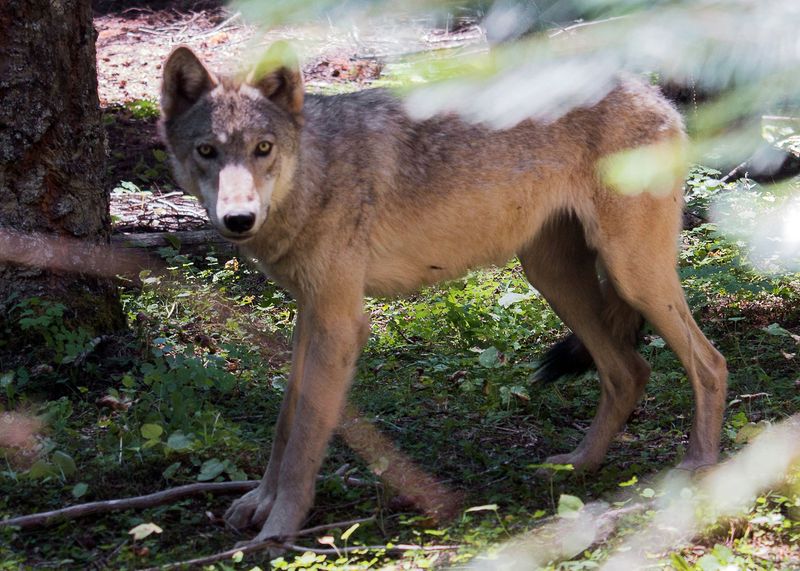
In the majestic Cascade Range, the Cascades wolf found its home among the peaks and valleys. Known for its adaptability and endurance, it thrived in the diverse climate of the region.
These wolves hunted elk and other prey, contributing to the ecological balance of the area. Human activities, however, threatened their existence, leading to their eventual disappearance.
Efforts to reintroduce and study this subspecies continue, reflecting a commitment to restoring natural harmony.
Florida Black Wolf
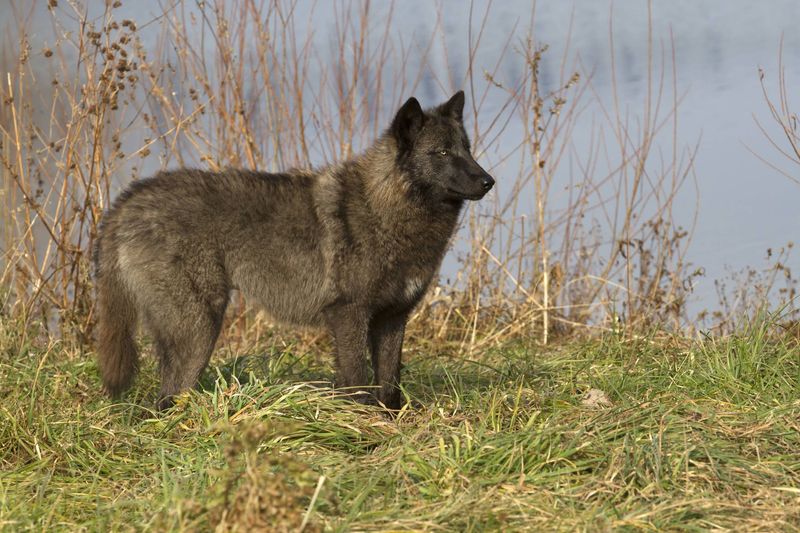
The Florida Black wolf, with its striking dark coat, once roamed the sunny landscapes of the southeastern United States. Adapted to warm climates, it thrived in pine flatwoods and swamps.
This subspecies was known for its intelligence and social structure, living in close-knit packs. Unfortunately, habitat loss and hunting led to its decline and eventual extinction.
The Florida Black wolf stands as a poignant reminder of the fragile balance between humans and nature.
Texas Gray Wolf
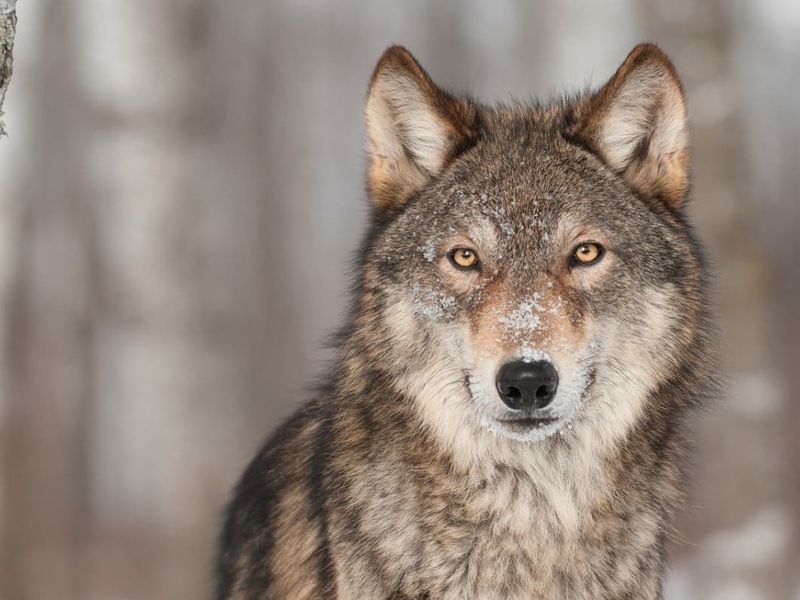
The Texas Gray wolf, resilient and resourceful, once inhabited the vast terrains of Texas and northern Mexico. Known for its adaptability, it thrived in diverse environments, from deserts to woodlands.
These wolves played a vital role in their ecosystems, maintaining balance by controlling prey populations. Human expansion, however, led to their decline.
Today, conservationists aim to preserve their legacy, stressing the importance of coexistence with wildlife.
Rocky Mountain Wolf
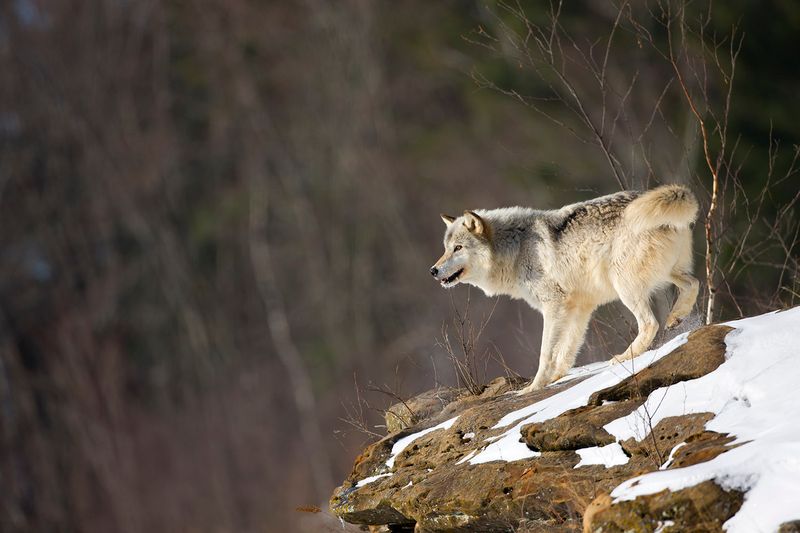
Amid the breathtaking vistas of the Rocky Mountains, the Rocky Mountain wolf was a key predator. Known for its large size and powerful presence, it thrived in this rugged environment.
Packs hunted elk and other ungulates, maintaining the ecological balance. The challenges of human encroachment and habitat loss, however, led to their struggles.
Current reintroduction efforts showcase the importance of preserving these majestic creatures and their habitats.
Algonquin Wolf

The Algonquin wolf, with its unique genetic makeup, roamed the dense forests of central Canada. Known for its striking coat and adaptability, it occupied a distinct niche.
Feeding primarily on deer, these wolves contributed to the health of the forest ecosystem. Hybridization with coyotes, however, posed significant threats to their purity.
Efforts to protect and understand the Algonquin wolf continue, highlighting the broader challenges in wildlife conservation.
Kenai Peninsula Wolf
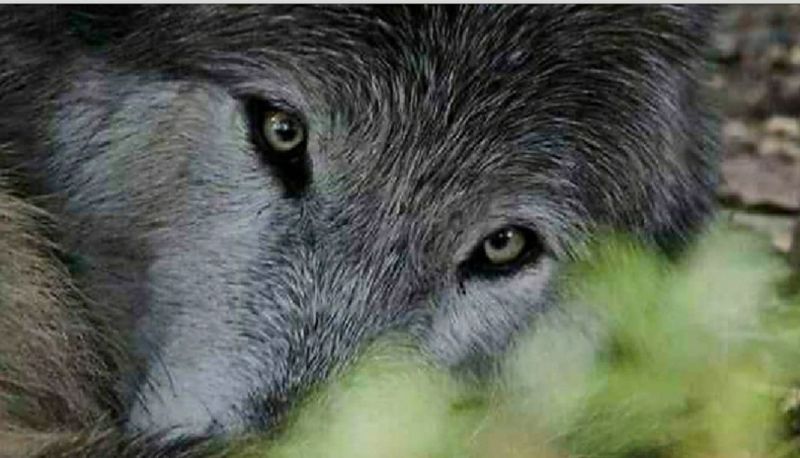
On the dramatic landscapes of Alaska’s Kenai Peninsula, the Kenai Peninsula wolf once thrived. Known for its robust build and resilience, it adapted to the harsh climate and varied terrain.
As apex predators, these wolves played a critical role in their ecosystem. Human activities, however, led to their decline and eventual extinction.
The Kenai Peninsula wolf’s story emphasizes the ongoing need for preservation and understanding of Alaska’s unique wildlife.

